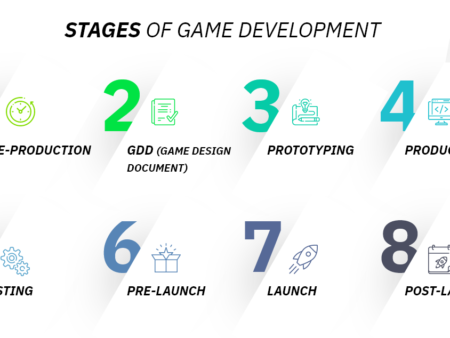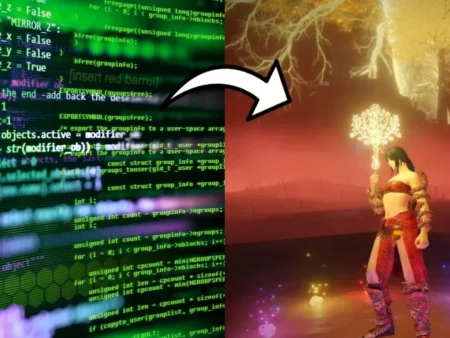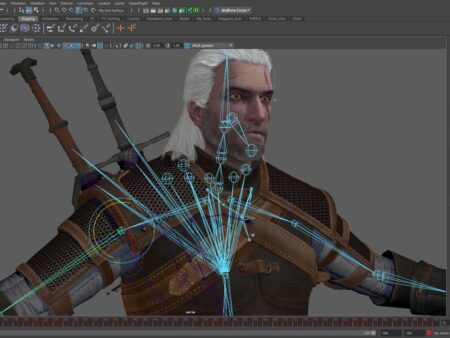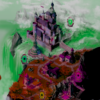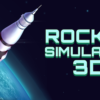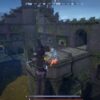Stages of game development:
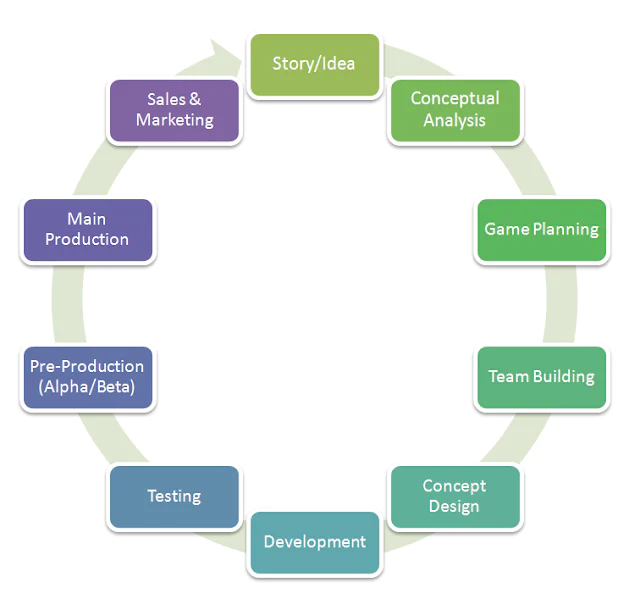
- Concept
In this first step, the team comes up with a concept for the game, and conducts initial work on the game design. The main goal of this step is the gameplay design documentation, which includes the Vision (a detailed document describing the game as a final business product) and the Concept Document (initial elaboration of all aspects of the game).
In the product documentation, the game designer formulates and stores his ideas. For the implementer, the documentation allows him to properly understand his tasks in realizing the product. The tester can clearly see what and how to test. For the Producer/PM, this documentation provides material for forming plans and controlling the fulfillment of tasks. The investor (especially in the early stages) gets an understanding of what exactly he is allocating funds for.
It is crucial that all project and product documentation is kept up-to-date at all stages of project development. For its effective use and updating, it is right to use special tools. For example, using Confluence to maintain gameplay documentation greatly simplifies the process of parallel changes made by several development participants, and also allows all team members to promptly receive any relevant information regarding the product and all its changes.
Among the key principles of product documentation formation we should mention: structure, protection from ambiguity, complete product description, regular updating.
- Prototyping
An important stage of designing any game is prototyping. What looks good on paper is not necessarily interesting in reality. Prototype is realized to evaluate the basic gameplay, to test various hypotheses, to test game mechanics, to check key technical points.
It is very important at the prototyping stage to realize only what needs to be tested and in a short time. The prototype should be easy to implement, because after achieving the goals set for it, it should be “thrown out”. A serious mistake of novice developers is to carry temporary infrastructure and “crutches” of code implementation into the main project.
- Vertical Slice.
The goal of Vertical Slice is to get the minimum possible full version of the game, including fully realized basic gameplay. At the same time, the high quality of development must be realized only for those game elements that significantly affect the perception of the product. In this case, all the basic features of the game are present at least in draft quality. A minimal but sufficient set of content (one level or one location) is realized for the realization of a full-fledged gameplay.
- Content production (Content production)
At this stage a sufficient amount of content is produced for the first launch to an external audience. All the features planned for closed beta testing are implemented. This is the longest stage, which can take a year or more for large client projects.
This stage involves the largest number of specialists who are engaged in the production of all the main content of the game. Artists create all graphical resources, game designers adjust the balance and fill configs, programmers implement and polish all the features.
